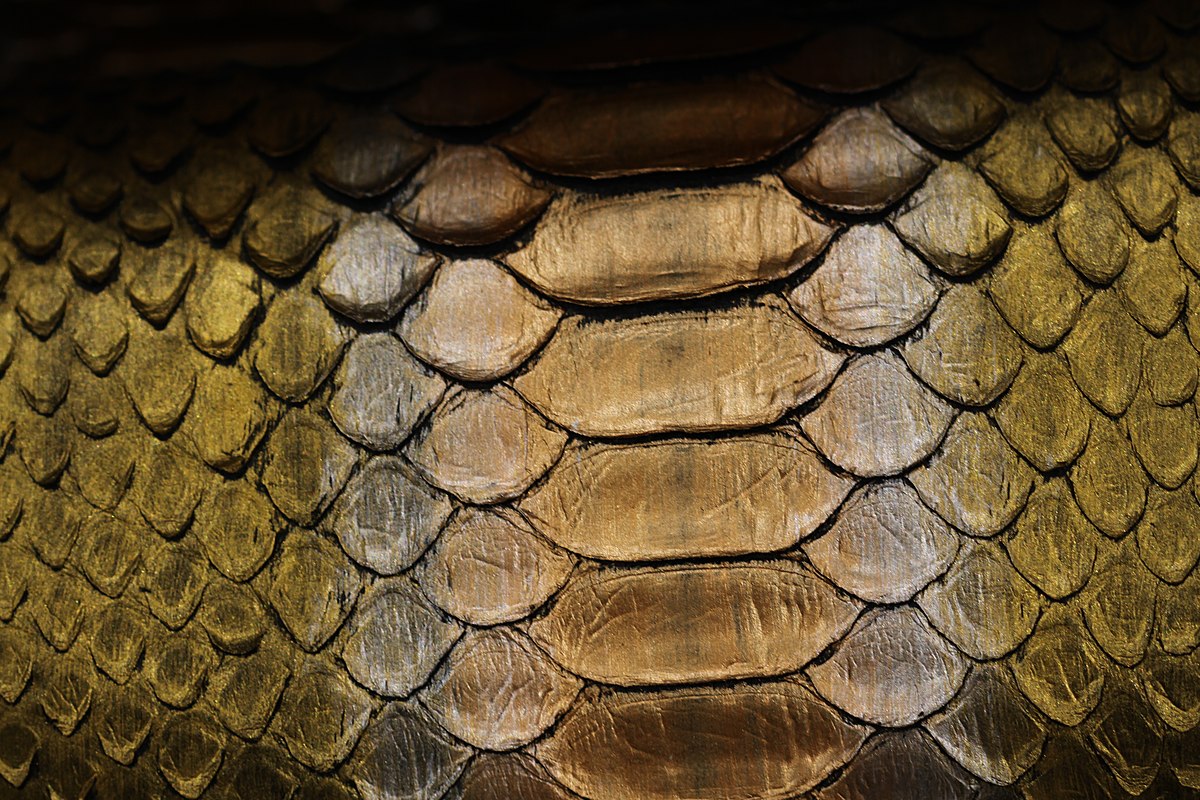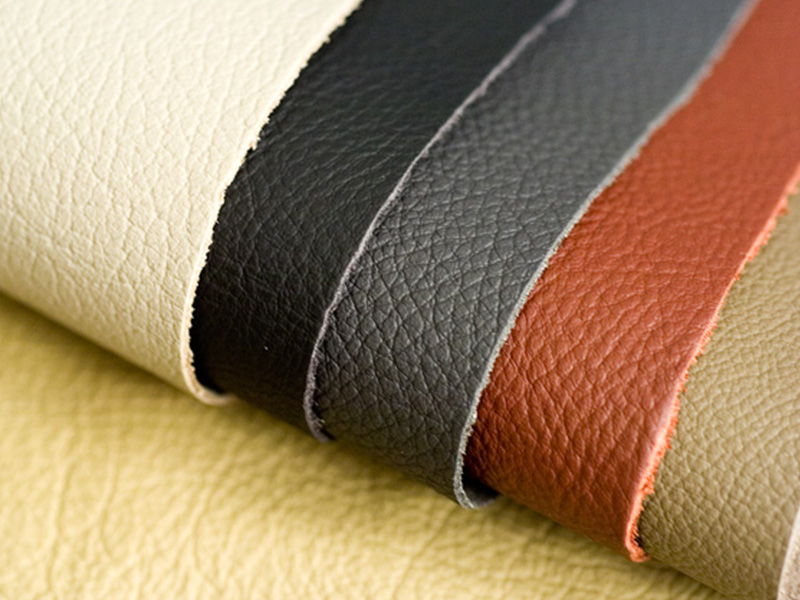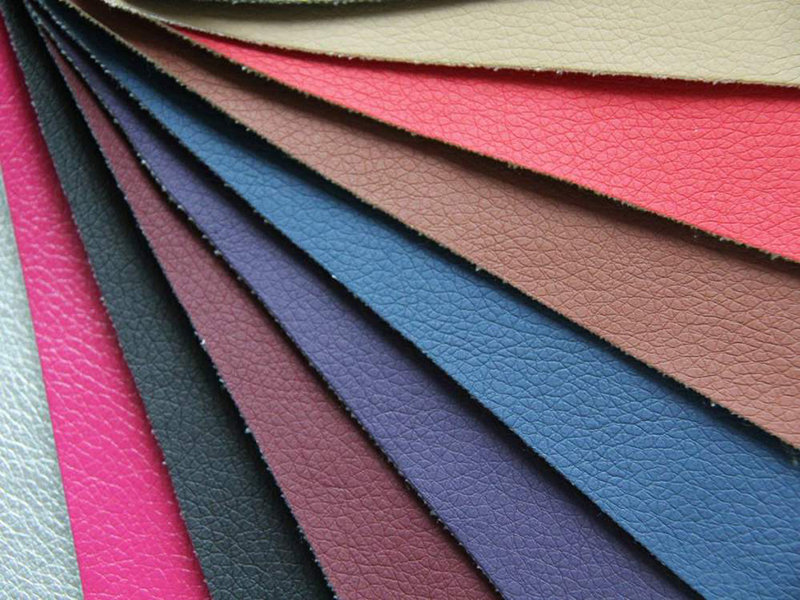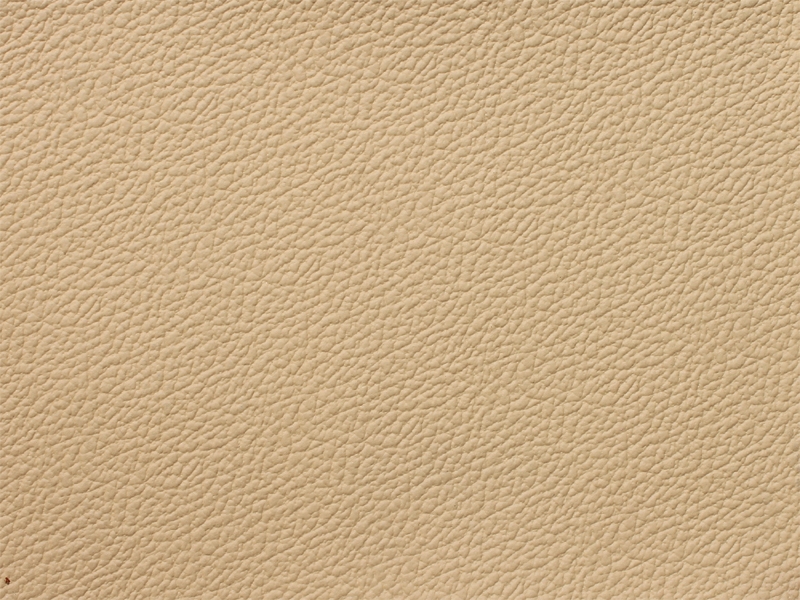Bovine leather and cow leather are terms often used interchangeably in the world of leather products. However, there are subtle differences between the two that are worth noting for consumers looking to purchase leather goods. In this article, we will delve into the distinctions between bovine leather and cow leather, specifically discussing their characteristics, buying considerations, and price variations.
Discussing Bovine Leather vs Cow Leather
To start, it is important to understand that the terms “bovine” and “cow” are not mutually exclusive. Bovine refers to any type of leather derived from cattle, which includes cows, bulls, and other bovine animals. Cow leather, on the other hand, specifically refers to leather made from the hide of adult female cows.
When comparing bovine leather with cow leather, it is essential to consider the age and gender of the animal from which the leather is sourced. Cow leather is typically sourced from fully grown adult female cows, which ensures a mature and strong hide that is ideal for leather production. Bovine leather, on the other hand, may include hides from both male and female cattle, which can result in variations in the quality and characteristics of the leather.

Buying Bovine Leather vs Cow Leather
When making purchasing decisions, it is crucial to be aware of the specific needs and preferences for the intended leather product. Both bovine leather and cow leather have their own unique qualities that may appeal to different consumers.
Bovine leather, due to its broader classification, can offer a wider range of options in terms of texture, thickness, and overall quality. As it includes hides from different bovine animals, the resulting leather may vary in terms of durability and softness. It is important to examine the specific product and confirm its intended use before making a purchase.
On the other hand, cow leather is generally considered to be of higher quality. It is known for its durability, strength, and ability to age gracefully. Cow leather is often preferred for products that require sturdiness, such as shoes, belts, and wallets. The higher quality of cow leather is generally reflected in the higher price range compared to bovine leather.

Price of Bovine Leather vs Cow Leather
Now, let’s delve into the price variations between bovine leather and cow leather. As previously mentioned, cow leather tends to be more expensive than bovine leather. This price difference can be attributed to several factors.
Firstly, cow leather is known for its superior quality, which is a result of sourcing hides from adult female cows. The maturity of the hide ensures a stronger and more robust leather, making it desirable for high-quality leather goods. The greater demand for cow leather also contributes to its higher price point.
Bovine leather, on the other hand, encompasses a wider range of hide sources, which may include male cattle and younger animals. While this allows for greater versatility in the leather market, it can also result in varying levels of quality and a broader price range. Bovine leather is often more accessible and affordable, making it a popular choice for less expensive leather goods.

In conclusion, although the terms bovine leather and cow leather are often used interchangeably, there are notable differences to consider when making purchasing decisions. Cow leather is typically of higher quality and durability, making it suitable for products that require strength and longevity. Bovine leather offers a wider range of options but may vary in terms of quality and characteristics. Understanding these distinctions can help consumers choose the leather that best suits their needs and preferences.Additionally, it is important to mention that both bovine leather and cow leather undergo the same tanning and manufacturing processes to transform raw hides into finished leather products. This involves steps like soaking, fleshing, tanning, dyeing, and finishing. These processes help enhance the natural characteristics of the leather and ensure its longevity.
When considering bovine leather vs cow leather, it is also worth noting the impact on the environment. Leather production, in general, has come under scrutiny for its environmental impact due to the use of chemicals and water consumption. However, the sustainability of the leather industry is continuously improving as more environmentally friendly practices and innovations are being adopted, such as vegetable tanning and wastewater treatment.
It is also important to highlight that the bovine industry plays a significant role in various economies, providing livelihoods for many people. By supporting the leather industry, consumers contribute to the economic growth of these communities.
Ultimately, the decision to choose between bovine leather and cow leather depends on individual preferences, budget, and the intended use of the leather product. It is advisable to thoroughly research the different options available and consider factors such as durability, texture, price, and environmental impact before making a purchase.

To ensure the highest quality, it is recommended to purchase leather products from reputable brands or retailers that prioritize ethical sourcing and adhere to strict quality standards. This way, consumers can have confidence in their purchase and enjoy leather products that are both stylish and long-lasting.
In conclusion, while the terms bovine leather and cow leather are often used interchangeably, there are distinctions to consider. Cow leather, sourced specifically from adult female cows, is known for its higher quality and durability, making it more desirable for certain leather goods. Bovine leather, which encompasses a broader range of hides from different bovine animals, offers more variety but may vary in quality. The price of cow leather is generally higher due to its superior quality and demand. Understanding these differences and considering individual needs and preferences will help consumers make informed decisions when purchasing leather goods.



